Everyone knows the casual game Bejeweled. In this match-3 series you can clearly see it evolve through it's different installments, gaining a space theme in the second game and a fantasy theme in the third. Its second installment would be the game that would get me into these endless puzzlers, with Meteos, an early DS game, at the absolute top. I wanted to make a game like that for my own, and I prototyped this little idea in Game Maker:
The rules are a bit hard to explain, but here I go: you go look for a line of recurring sequences of colors in a grid of squares. By clicking and holding your mouse, you draw a line through the squares to select such patterns. For example, red-blue-red-red-blue-red would have red-blue-red recurring two times, and thus would score you eight points (the length of the pattern * the amount of times the pattern reoccurs). It's pretty fun once you get it, the problem is communicating these rules to new players.
However, squares weren't the ideal for this. A square has four sides. Considering the player also enters a square at one side, that leaves three options. And in a corner or at the sides, the amount of options is severly limited. Hexagons have six sides, increasing the amount of tiles a player can jump to from the current tile.
| This is where the inspiration from Sumico comes into play. It's another hexagon puzzle game, this time based around making sums with numbers and modifiers on the field. (It slightly reminds me of one of my other games, Mathventure.) In this game, hexagons only stack when landing on top of a hexagon in it's own column. Other hexagons are just ignored, which results in touching the tips of the hexagons in other columns when falling down. During play, you don't notice this clear abnormality, and so it worked excellently for Hexaria. More problems arose. If the player could think just long enough to make a move, it would possibly result the player making moves involving 100+ tiles, resulting in ridiculous scores. Endless puzzle games almost never give you time to think. Tetris is an example- the game lasts as long as you do, but the time for each separate move is limited. As you play, the time for each move gets much shorter, and on level 20 blocks hit the floor directly at the start of the turn. (Bejeweld does give you as much time as possible, but does not give the player all information, in particular the blocks that appear from the top when you make a match. Hexaria doesn't do that too, but there are so many blocks on the screen and so many moves possible that it doesn't matter anyway.) |
In Bejeweld Twist, there is a Blitz mode, which gives you five minutes total. There is no way to lengthen the time limit, and only one threat exists on the field that can end your game early. A similar setup is used in Hexaria's main game mode, internally called 'Swift', but addressed in the game as 'Normal', 'Hard' and 'Expert'.
There are two differences between the three difficulties. The first is the time limit. Respectively, each mode lasts three, four, and five minutes. This is done because 'casual' players want to play quick games, so three minutes is doable while five is a bit long. The second is way more interesting, and I think this one is not explored too often in these kind of games: the amount of unique blocks on the stage are respectively three, four and five. Increasing the amount of blocks on the stage really ramps up the complexity of the game, as well as the amount of possible moves you can do.
Zen is also the general theme of the whole game- from the main menu to the pause menu, everything is executed with as little text as possible, and tries not to interfere with the background by using lots of alpha. Lastly, the fireworks effect is used, while otherwise the background is mainly animated, with a big gem on the main menu- a rotating starry sky.
This time I really wanted ambient sounds. Incompetech, where I usually get music for in my games, did not really had what I was looking for, so in search for a different site, I found the Free Music Archive, with lots of music that is often in Creative Commons. That, and some work from artists and photographers who put their work out with an open licence (on Wikimedia Commons, for example), really make the game look and sound more beautiful than I could ever achieve by myself. I think it is really important for artists to allow a more open use of their work, which is why I like to present my own software through an open license as well. I'm already planning to open source this game once I've added more game modes, and will put it on GitHub for everyone to tinker with.
Let me talk about colorblindness. About 8% of males is colorblind. A pretty huge part of your player base, no? Therefore, in a game that conveys information through color alone, you want to build a prevention against that so all colorblind people can still play it as intended. It also dims the backgrounds a bit, so the contrast between gameplay and background is better. First was the idea to select the color of all blocks yourself, although the solution used were huge icons on the blocks. The Game Accessibility Guidelines contain lots of good ideas to make your game more suitable for everyone, so I recommend everyone to apply at least the Basic Guidelines guidelines to your game.
All with all, this has been a project that I put a lot of time into, something I really wanted to do after making quite a few jam games last year. I'm hoping I'll get better at finishing projects, so that I can finish more games in a single year. I also feel my programming skills increasing bit by bit, and I learn more about making games immersive and fun. Thank you for reading to the bottom of this!
After originally writing this, I handed in Hexaria at my Informatics teacher. The story, however, is not yet over, as I continued improving the game for release to the world. Next time, I'll talk about building the extra game modes, as well as other stuff I added to make the game better. Stay tuned! You can get Hexaria on GameJolt or itch.io.
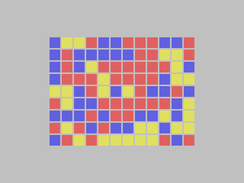
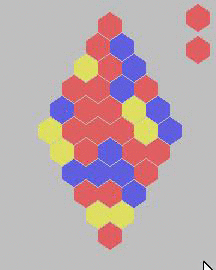
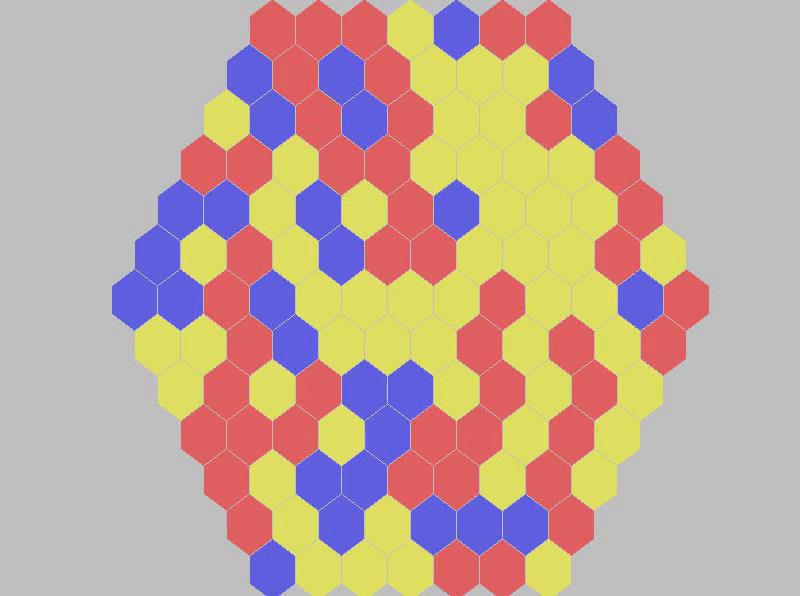
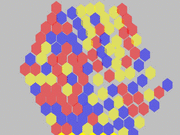
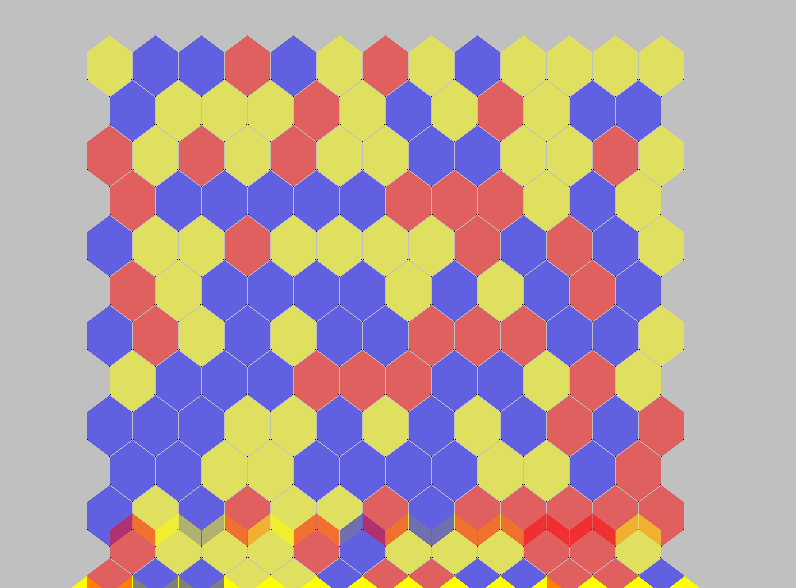
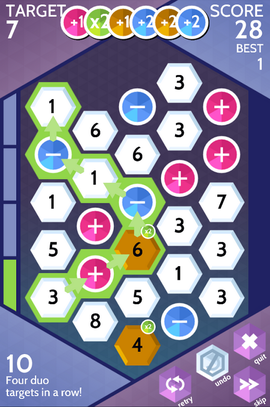
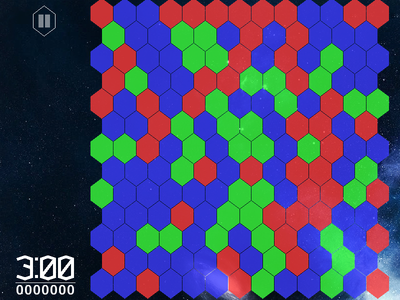
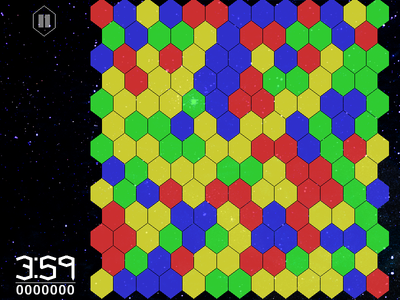
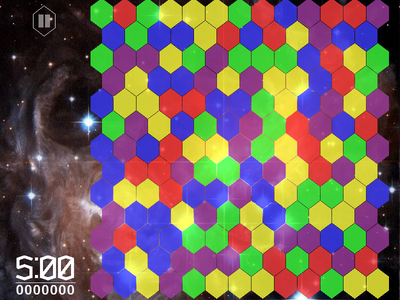
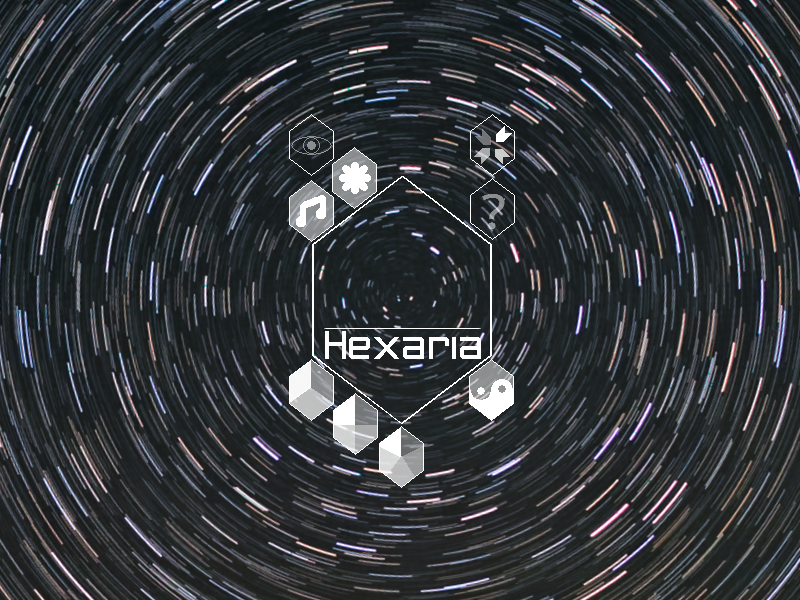
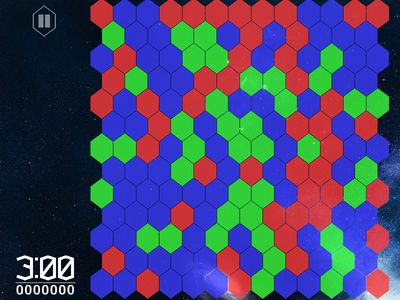
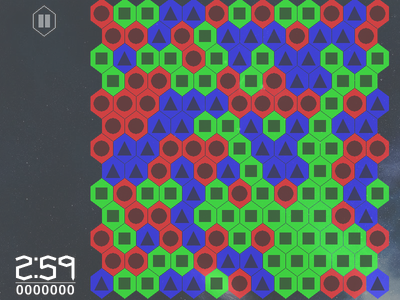
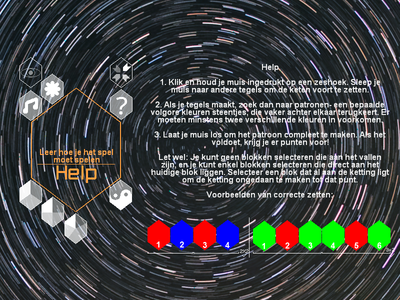
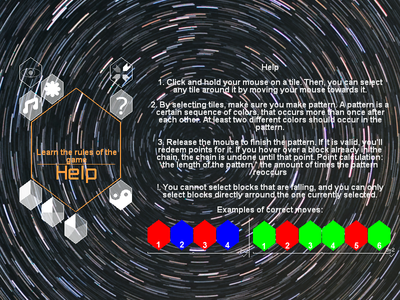

 RSS Feed
RSS Feed

